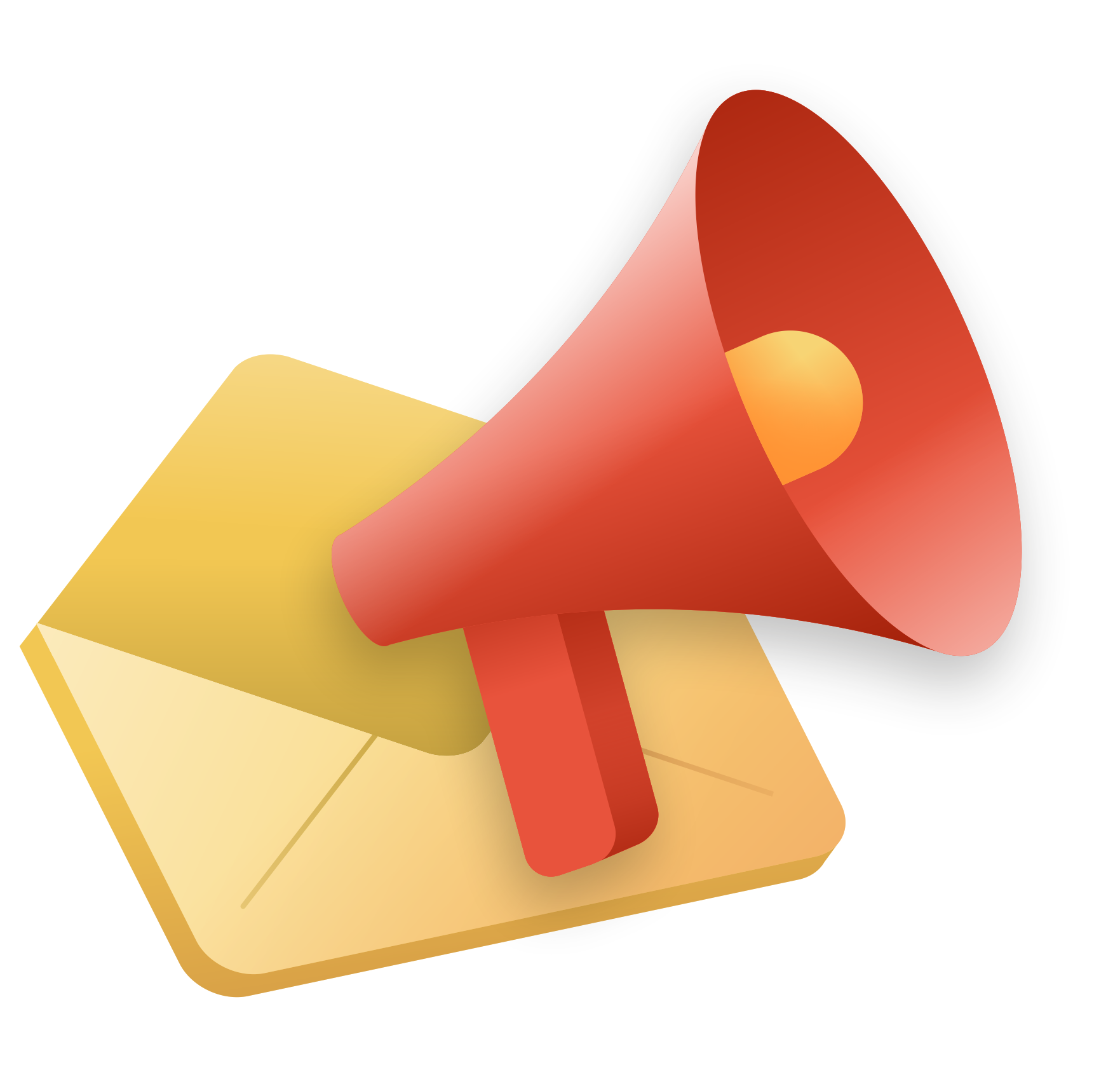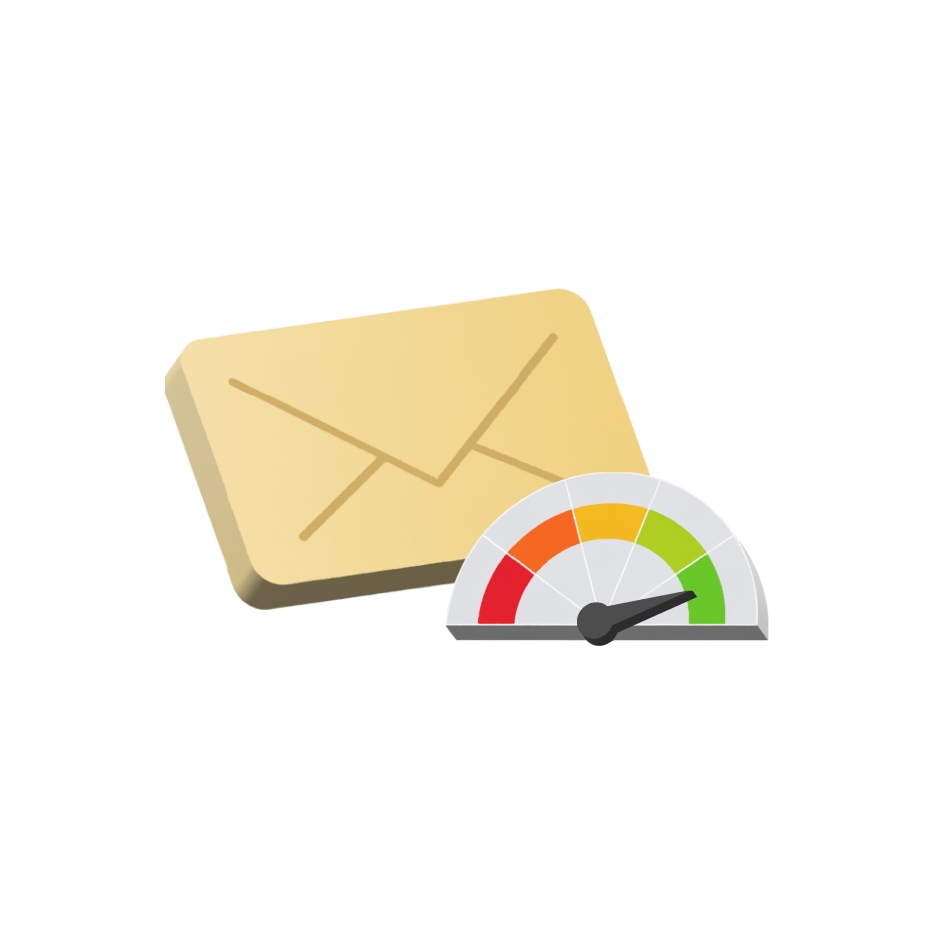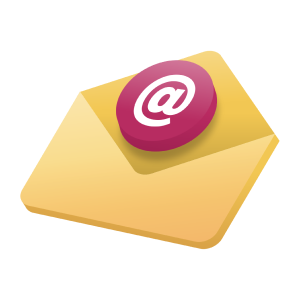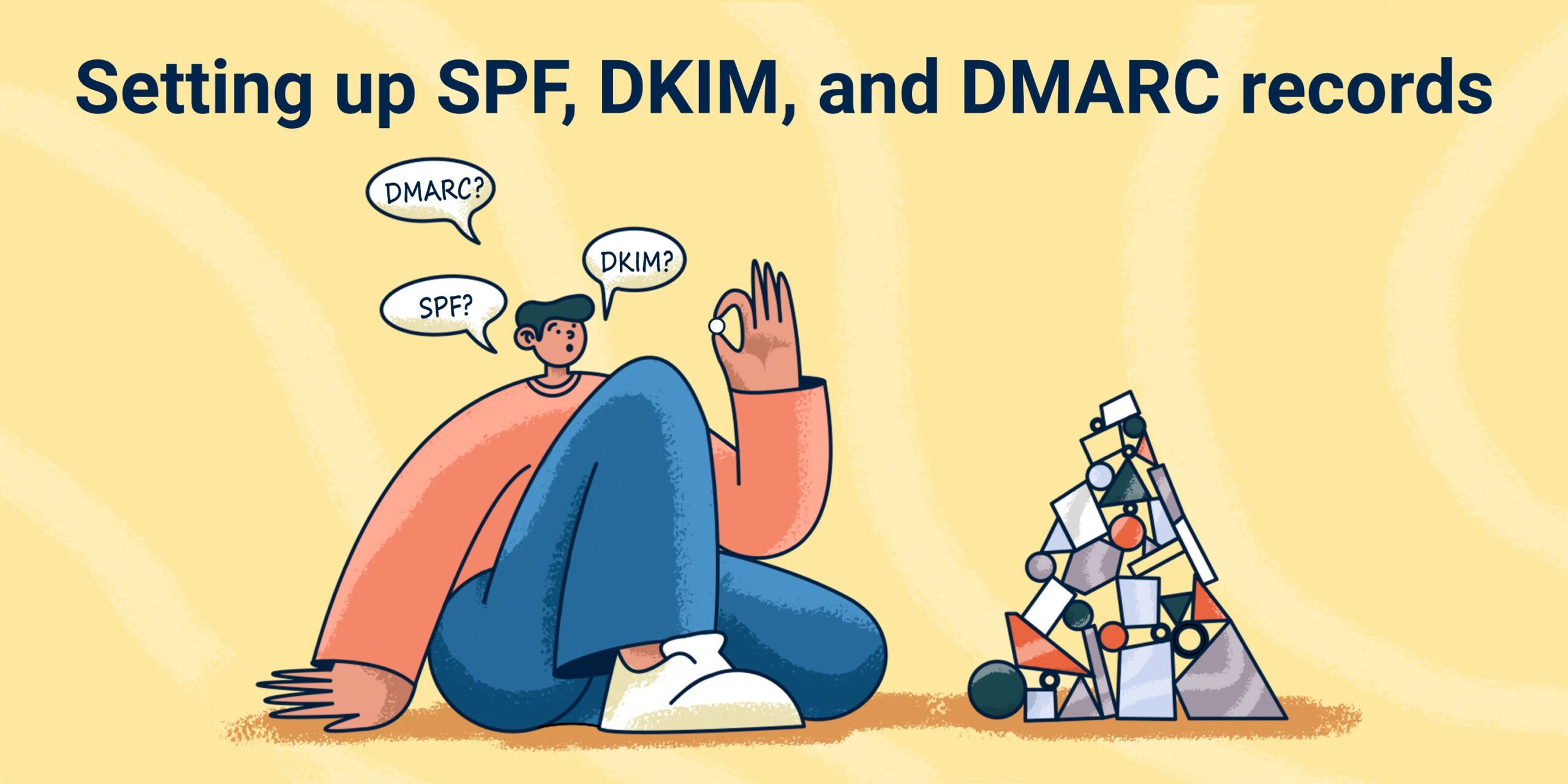In October 2023, Google announced vital changes for large-volume mailers that will come into effect starting from February 2024.
If you use Gmail for your mass email campaigns, you may need clarification or guidance about how that will affect your future work.
To save you time, we prepared an extensive guide where we break down new Gmail rules and indicate who will be affected by them. We also share insider tips and strategies for sending flawless email campaigns without breaking new regulations!
Let’s get started.
Outline:
- What sender requirement updates have been announced for 2024?
- Who will be affected?
- A breakdown of updates in Gmail
- What are the consequences of breaking the new Gmail rules?
- How to prepare for the changes: a step-by-step plan from Snov.io
- Bonus tips and tricks
- Why Google is changing the rules for email senders
- Wrapping it up
What sender requirement updates have been announced for 2024?
Starting next month, Google requires to:
1. Authenticate your email
Mass email senders must follow Gmail policies to prove the email source is reliable and safe.
2. Control the spam rate
Ensure your recipients value your emails and want to receive them. Regularly monitor the spam rate and minimize the number of emails marked as spam by addressees.
3. Enable easy unsubscription
Give your recipients the ability to unsubscribe from email in one click and process all unsubscription requests within two days.
|
Gmail is not the only email service provider to establish these updates. Yahoo and AOL also require their users to implement the same changes. |
Who will be affected?
Anybody who sends 5,000 or more messages to personal Gmail accounts (ending in @gmail.com and @googlemail.com) in one day will be affected.
As you can see, Google Workspace accounts are not included. And since B2B marketing managers more often send emails to people with corporate accounts, these requirements do not affect them, at least for now.
|
Note: Google Workspace senders who send bulk emails must adhere to the Spam and abuse policy, which is part of Google Workspace guidelines. |
So now the question is: do these changes matter to high-volume senders who are not mentioned in the new updates?
Our answer is ‘Yes’. The aim of such regulations is to protect users’ inboxes more from unwanted and malicious messages, spam, phishing, and malware. So even if your daily email sending volume doesn’t exceed 5,000, keeping up with them will help you remain a trustworthy and reputable sender and ensure your email deliverability and open rate will bring positive results.
We also believe that what’s required for large senders today will likely become a requirement for everyone in the near future. So, even if your email campaigns are not as big, it’s in your best interest to implement healthy email-sending practices, protect your domain, and keep your subscribers safe and genuinely interested in your emails.
Lastly, Google states the following:
|
“We’ll prioritize technical support for email delivery issues for bulk senders that meet all the requirements described in our Email sender guidelines.” |
As you can see, adhering to new guidelines is in your best interest!
A breakdown of updates in Gmail
Let’s take a closer look at the new requirements:
1. SPF, DKIM, and DMARC email authentication for sending domains.
SPF (Sender Policy Framework) prevents spammers from sending emails on your behalf. If you don’t set it up, others might start sending unwanted messages from your domain, severely damaging your sender reputation.
DKIM (DomainKeys Identified Mail) is used by servers to verify that the email has been sent from the domain owner. In other words, DKIM shows that email belongs to your organization.
DMARC (Domain-based Message Authentication, Reporting & Conformance) allows you to tell receiving servers what to do with messages from your domain that fail SPF or DKIM authorization. To set it up, publish a DMARC record for your domain. Messages can pass DMARC authentication only if they are authenticated through SPF and/or DKIM.
The authenticating domain must be the same domain that’s in the message From: header.
|
→ How to set up SPF record |
2. ARC for forwarded emails
Authenticated Received Chain (ARC) is an email standard that verifies email authentication for forwarded messages. Even with successful SPF or DKIM authentication, Gmail considers a forwarded message unauthenticated if ARC shows it previously failed authentication.
3. Sending domains must have valid forward and reverse DNS records
DNS (Domain Name System) is like a phonebook for the Internet. It stores an enormous amount of information about millions of registered domains. To access the data, you must perform a DNS lookup of a given domain.
When you send emails, service providers examine the A record (forward DNS lookup) and match it with the rDNS record (reverse DNS lookup) to validate that your sender IP address corresponds to your domain.
4. TLS connection is required for transmitting email
TLS (Transport Layer Security) is a security protocol that prevents unauthorized access to your email when it’s in transit over internet connections. A sender and a receiver must use it to protect privacy and data security.
5. Spam rates shouldn’t go higher than 0.3%
Gmail encourages you to monitor your domain’s spam rate in Postmaster Tools regularly. Ideally, it’s better to keep your spam rate below 0.1% and never let it surpass the 0.3% mark.
6. Formatting messages according to the Internet Message Format standard (RFC 5322)
RFC 5322 is a standard that defines the format of internet messages. It specifies the structure and content of email messages, including the headers, body, and attachments. It also defines the Gmail rules for handling errors and special cases, which helps to prevent confusion and miscommunication.
7. Don’t impersonate other domains or senders
This practice is also called spoofing; if you do that, Gmail may mark your message as spam.
8. Use one-click unsubscribe option
If you send 5,000 or more messages per day, ensure you provide subscribers with the option to unsubscribe with just one click directly within your emails.
|
“Bulk senders have until June 1, 2024, to implement one-click unsubscribe in all commercial, promotional messages.” |
What are the consequences of breaking the new Gmail rules?
Bulk email senders who don’t meet new requirements will be sent temporary errors (with error codes) on a small percentage of their non-compliant email traffic.
Starting in April 2024, Google will resort to rejecting a percentage of non-compliant email traffic, and the rejection rate will grow gradually.
|
“For example, if 75% of a sender’s traffic meets our requirements, we’ll start rejecting a percentage of the remaining 25% of traffic that isn’t compliant.” |
Apart from this, some emails that don’t comply with these Gmail rules will be delivered to recipients’ spam folders.
What does it mean for you?
If emails from your domain are frequently marked as spam, this will negatively impact your sender reputation and email deliverability in the long run.
How to prepare for the changes: a step-by-step plan from Snov.io
From the very beginning, email deliverability has been a priority for Snov.io. We also understand that strong sender reputation is the backbone of successful email outreach.
With that in mind, we’ve prepared a checklist to facilitate the process and help you set up your sender reputation for success.
How to prepare for Gmail Guidelines 2024 with Snov.io:
✅Use Mailbox Rotation to unload your sender account.
✅Add a custom tracking domain to monitor opens and clicks.
✅Implement Email Warm-up for better deliverability.
✅Solve multiple deliverability challenges with the Deliverability Check tool.
✅Provide unsubscribe link.
✅Take care of email list hygiene and decrease the number of bounce back emails with Email Verifier.
✅Schedule your email campaigns.
✅Improve your email deliverability skills with a one-month challenge from Snov.io.
1. Mailbox Rotation
Each Snov.io plan allows you to create as many email sender accounts as possible, so you don’t have to send a large volume of emails from a single account.

What is more, you can set a daily limit for messages. When you reach it, Snov.io will automatically stop sending emails from your accounts until the following day and will resume the email campaign when the daily limit resets.

So, with Mailbox Rotation, it is easy to increase the volume of sent emails without exceeding the daily limit. Plus, you can always rely on a backup sender account if any deliverability or connection issues happen to one of them.
2. Custom tracking domain
Snov.io allows you to add a custom tracking domain (CTD) to monitor opens, clicks, etc. You can also replace the default (shared) domain with your branded one for better deliverability.
A CTD looks more secure than a shared domain for your recipients and ESPs, saving your messages from landing in a spam folder and decreasing your overall spam rate.

3. Email Warm-up
Snov.io Email Warm-up has already proven to be one of the best services for warming up new or troublesome accounts for better deliverability.
With Warm-up, you can prepare your sender account to larger-than-usual sending volumes and avoid ESP filters to guarantee good deliverability. You may choose the warm-up plan for your campaign, the daily limit, the desired reply rate, and the schedule—this feature is totally customizable to your needs.
You’ll be able to see your email deliverability rate and statistics during a warm-up campaign:

Think of this tool as a promoter for your sender account that would deter undesired bounces and help you maintain the desirable spam rate.
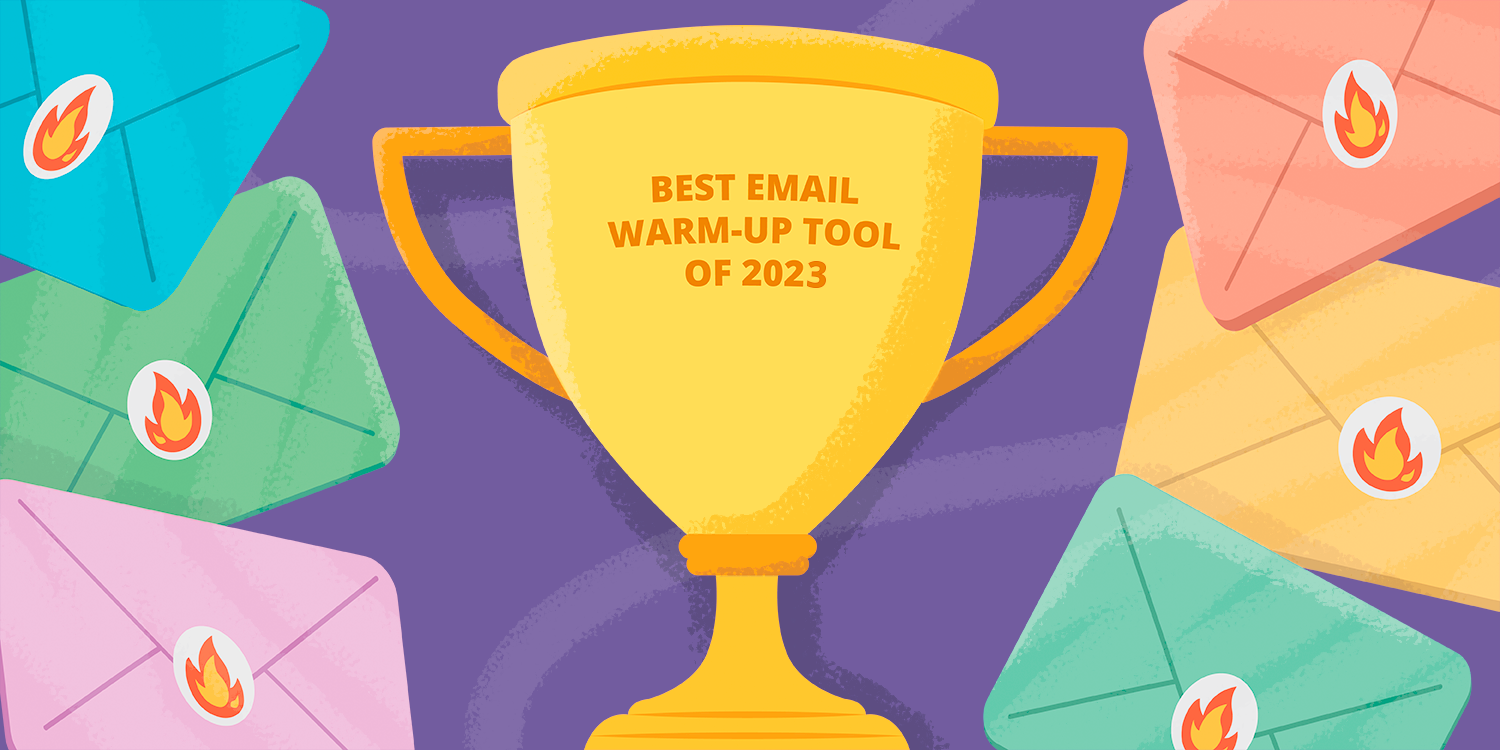
13 Best Email Warm-Up Tools (Tested And Compared)
19 September 2023
4. Solve multiple challenges with the Deliverability Check tool
The Deliverability Check tool is a must-have for anyone who wants to ensure their emails reach the right audience. With its powerful set of features, you can easily optimize your technical setup and monitor your campaigns to improve your email delivery rates.
By implementing Deliverability Check you can:
- Improve your sender reputation with Domain Health Checker and Email Placement Test.
- Scan for potential spam words before hitting send with our Spam Checker for worry-free emailing.
- Analyze your campaign’s performance with Deliverability Insights.
For example, Domain Health Checker analyzes domain settings based on multiple DNS records, helping you identify issues within your configuration. It also provides a score indicating your domain’s readiness for sending campaigns.
To optimize your email account’s performance, you should achieve a 100% score.

Check out this tutorial on how to check the domain health of all your sender accounts.
5. Unsubscribe link
For Snov.io users, updating their emails is as easy as pie.
You can add the unsubscribe link in two ways:
- Through the signature setup (in this case, the link will be added to all emails sent from your account):

- Anywhere in the body text (in this scenario, the link will be added to each email sequence separately).
Snov.io tracks when recipients click on the unsubscribe link. After they confirm they want to unsubscribe, their status is changed from Active to Unsubscribed, and they stop receiving any scheduled emails in all campaigns.
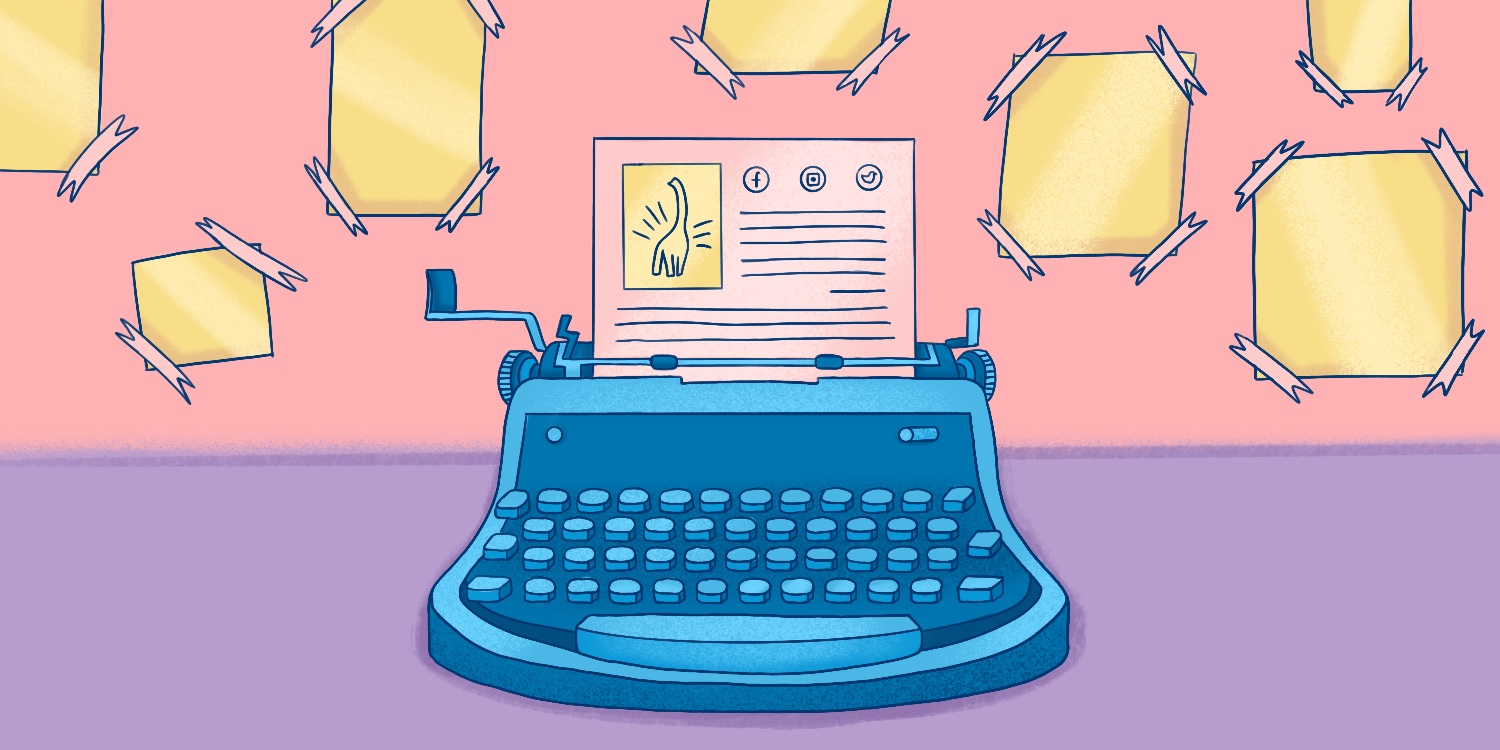
15 Best Email Signature Examples And Tools To Generate Them
5 October 2023
6. Bounce protection
Although new Google mail rules say nothing about the bounce rate, you must remember that too many bounces directly impact your spam rate. They start by affecting your sender reputation, meaning it is more likely that recipients will mark your emails as spam.
Snov.io detects bounce back emails in active campaigns. It automatically pauses your campaign when the bounce rate of the last 100 emails sent reaches 15% percent.
To resolve and prevent the issue with bounces, you need to regularly verify your recipient list and remove invalid and catch-all email addresses.
Snov.io Email Verifier helps you do that with ease. Check a single Gmail address for validity or verify the whole email list in seconds. Remove all emails marked as red (invalid) or yellow (catch-all) from your list.

7. Sending in the prospect’s time zone
Getting unwanted emails during your leisure hours may be pretty irritating, right? So, people might hit the “spam” button more frequently if you bother them at improper times. Or they simply ignore your messages, negatively affecting your campaigns.
To avoid this, adjust the sending schedule to the time zones of your email recipients. The Email Drip Campaigns tool allows you to do just that. You can select the days and hours when your future messages will be sent or choose a time zone specific to your target audience, enabling your email recipients to get your emails when they are more likely to open them.
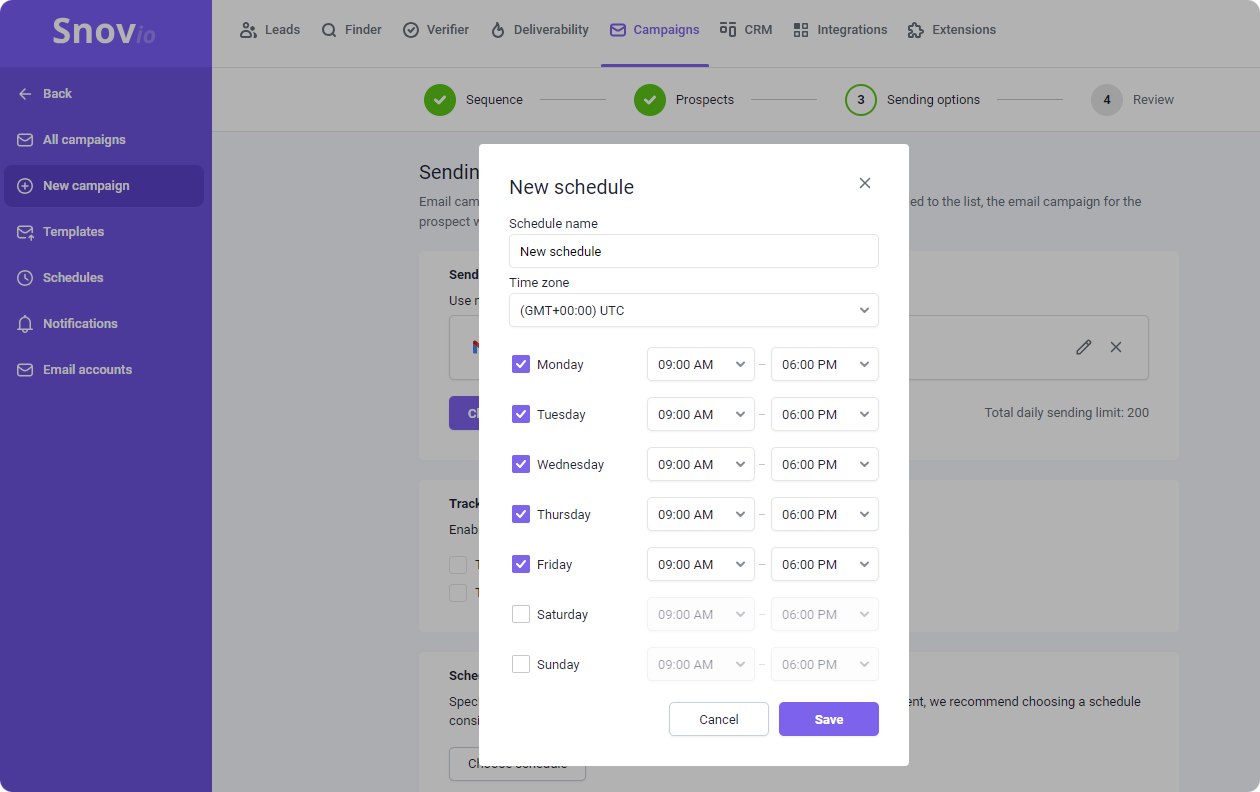
8. Email deliverability awareness
To better prepare for new Gmail updates, explore the Email Deliverability Challenge. With the help of free bite-sized lessons, you will improve engagement and bounce rate and will be able to build a successful strategy for your future campaigns.
Bonus tips and tricks
1. Decrease spam rate
If your spam percentage is dangerously high, try reducing it with the help of the following techniques:
- Send only relevant, personalized, and value-bringing email content.
- Collect your leads in line with your ideal customer profile.
- Refrain from sending email follow-ups to recipients who show no interest in your content.
- Stay away from using spam-triggering vocabulary in your emails.

How To Avoid Spam Filters: 26 Tips And Tricks
26 April 2024

550+ Spam Trigger Words To Avoid In 2024
22 December 2023
2. Improve your email copy
Here are best practices to prepare your email copy for Gmail changes:
- Choose your email copywriting model.
You don’t need to invent anything new to ensure your email’s structure is good. There are dozens of frameworks you may choose from. Each framework is focused on a particular goal you can achieve with your email campaign (e.g. AIDA is focused on building a personalized approach to the email recipient).
→ Download Snov.io Ebook with 10 Failproof Cold Emails Formulas
- Focus on the prospect.
Your emails must bring value, so always focus on your prospect’s needs. If your emails look like ‘Our solution can do X and Y,’ try transforming them into ‘You will get X and Y after trying our solution.’
- Become an active user of AI
Modern AI-powered solutions have been tailored to help you automate email sending and improve the quality of messages, making them more personalized, resonating, and relevant.
For instance, Snov.io’s AI Email Writer is embedded into Email Drip Campaigns, so you may quickly get the email content that would adapt to your prospects.
You can also try using ChatGPT—the absolute SaaS star of the previous year.
- A/B test your campaigns
Testing your emails is another good habit to adopt. A/B testing helps you find the parts of an email (e.g., subject line or CTA) that perform best. This lets you optimize your email campaigns and improve engagement and sender reputation.
Why Google is changing the rules for email senders
Gmail always works hard to protect people from spam and improve user experience. This is why the art of email marketing can get trickier with time, and we need to do our best to stay prepared for challenges.
Sometimes, email marketers have trouble securing their domains properly. As a result, third parties may start impersonating the domains, which leads to phishing and spam. It gets even worse when thousands of emails are sent daily from a single account. We believe this is why Google decided to implement new rules.
Wrapping it up
The goal of the new guidelines is to increase security and help you improve email outreach quality. With Snov.io, you will adapt in no time, and your email deliverability results will improve significantly.
As we get closer to February 2024, things might shift a bit. We’ll keep an eye on it and let you know if any updates come into play. Consider this blog post your go-to for the latest scoop on Gmail sender guidelines—before, during, and after the upcoming change.

